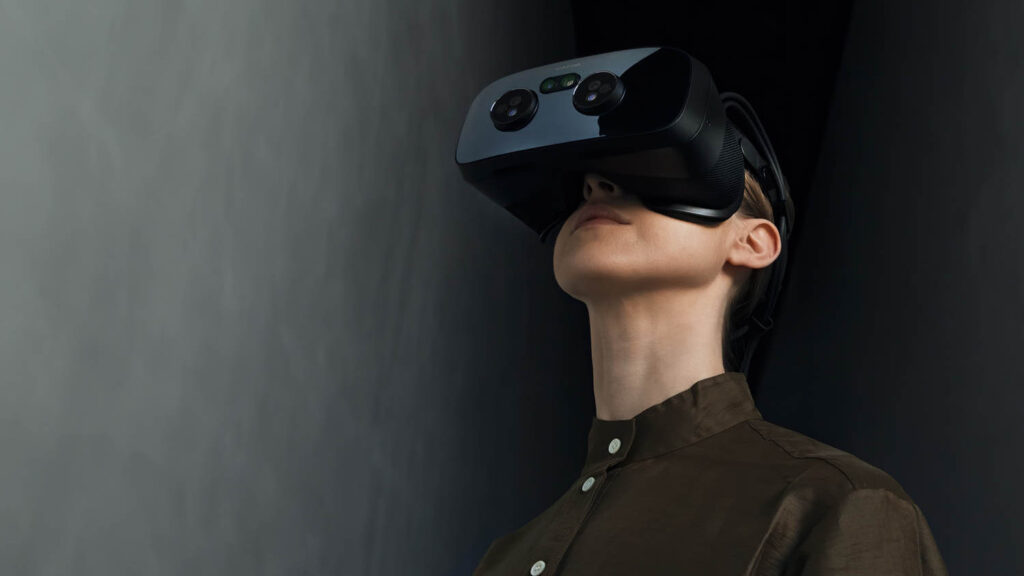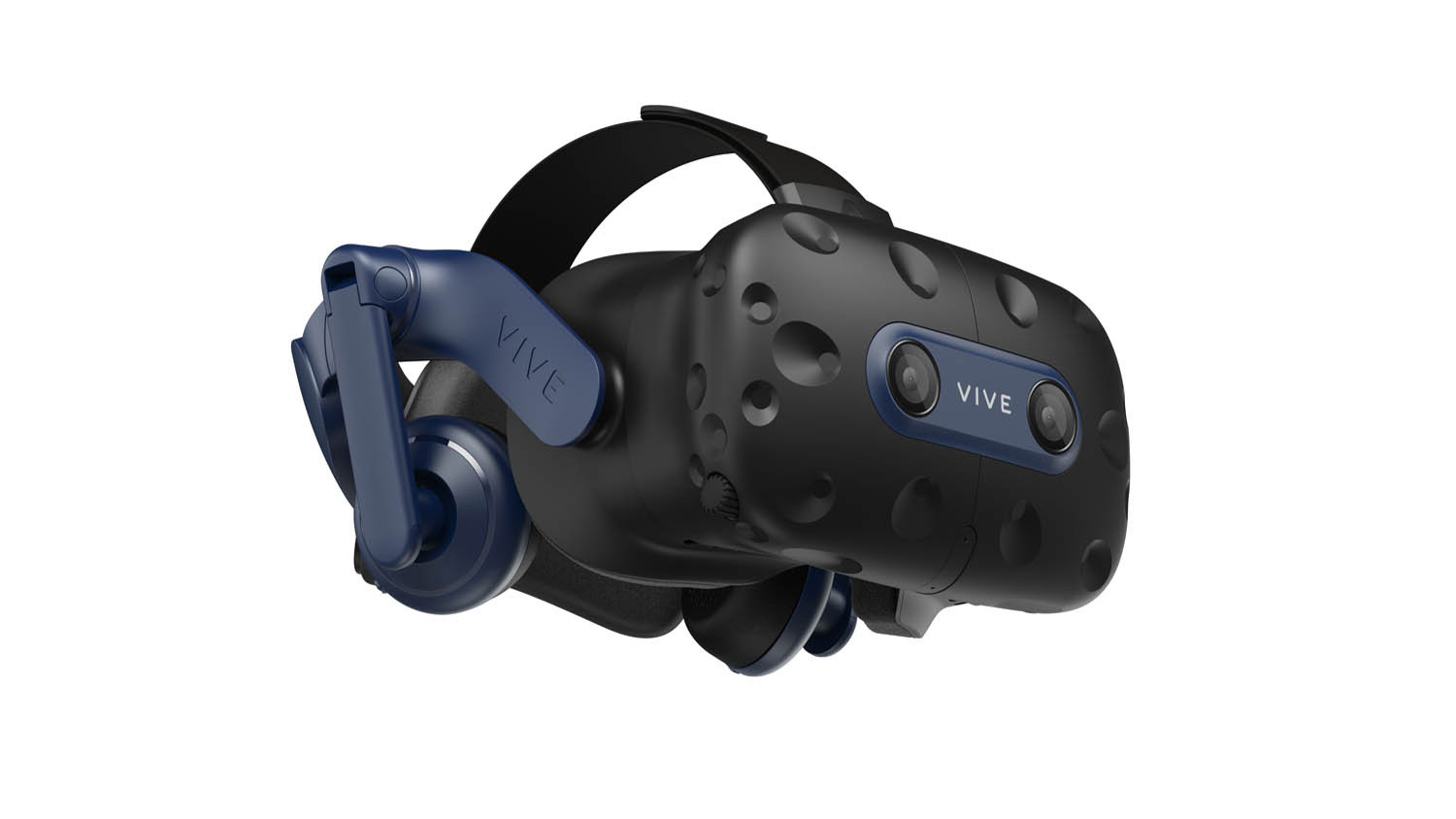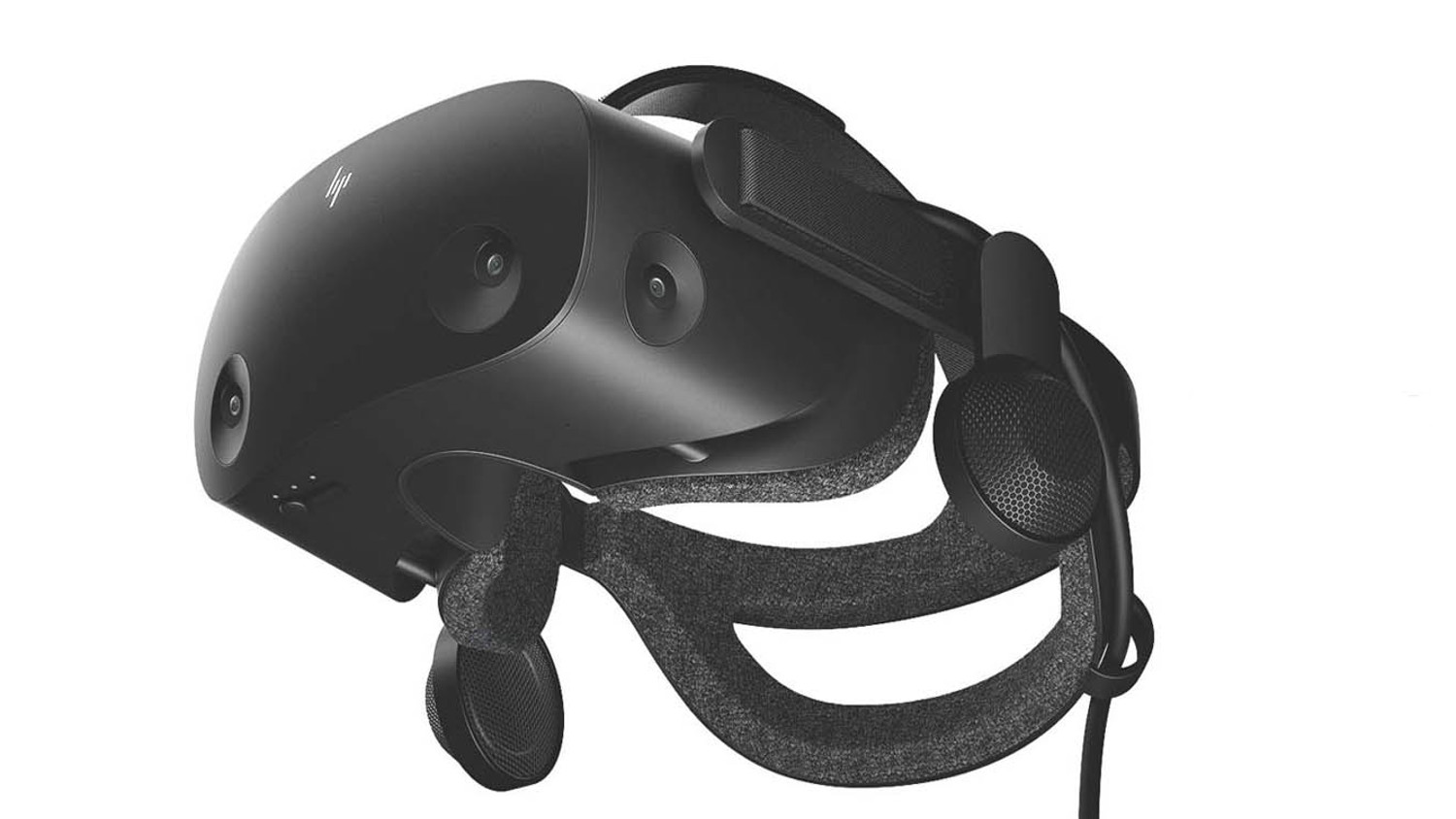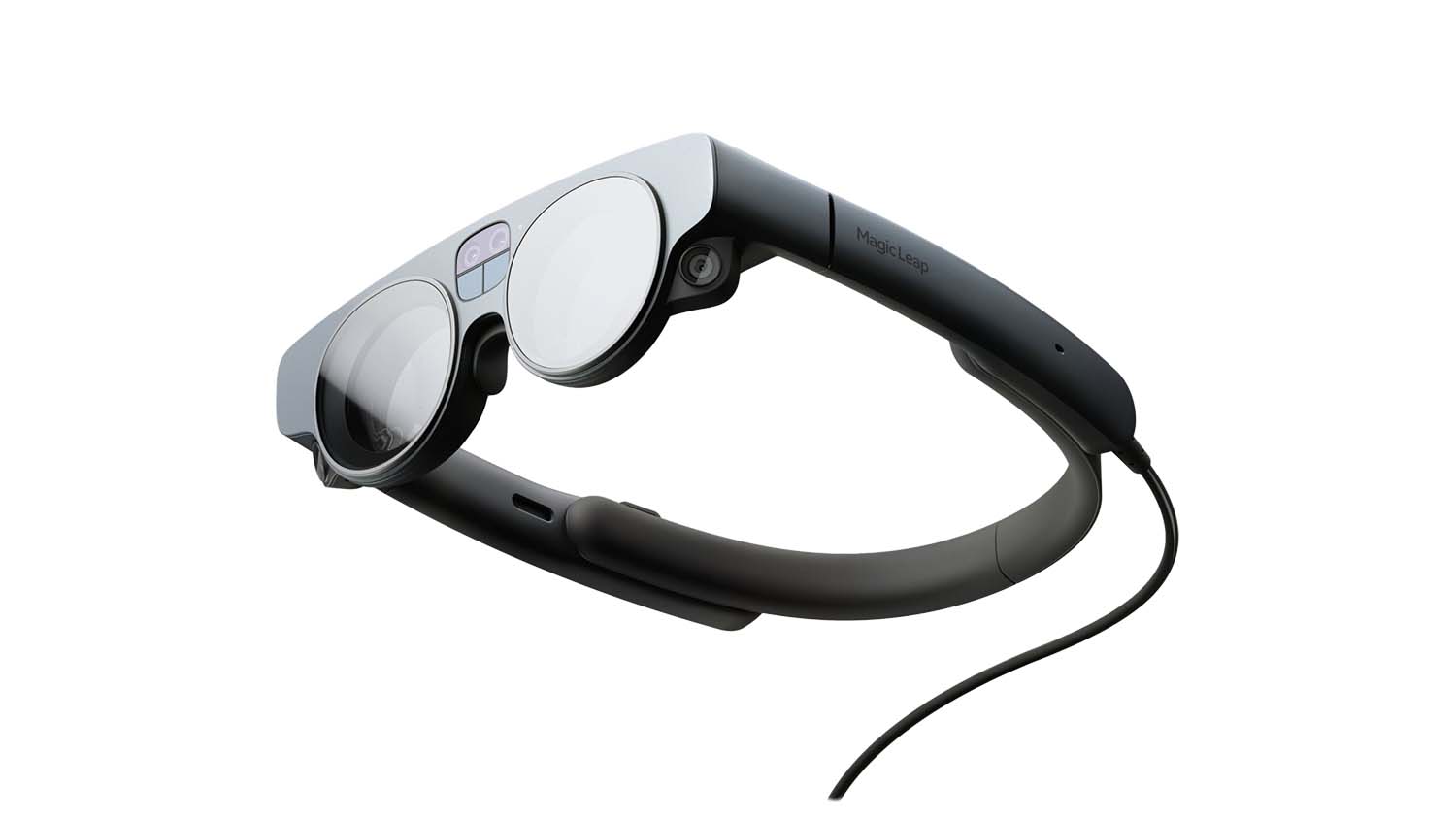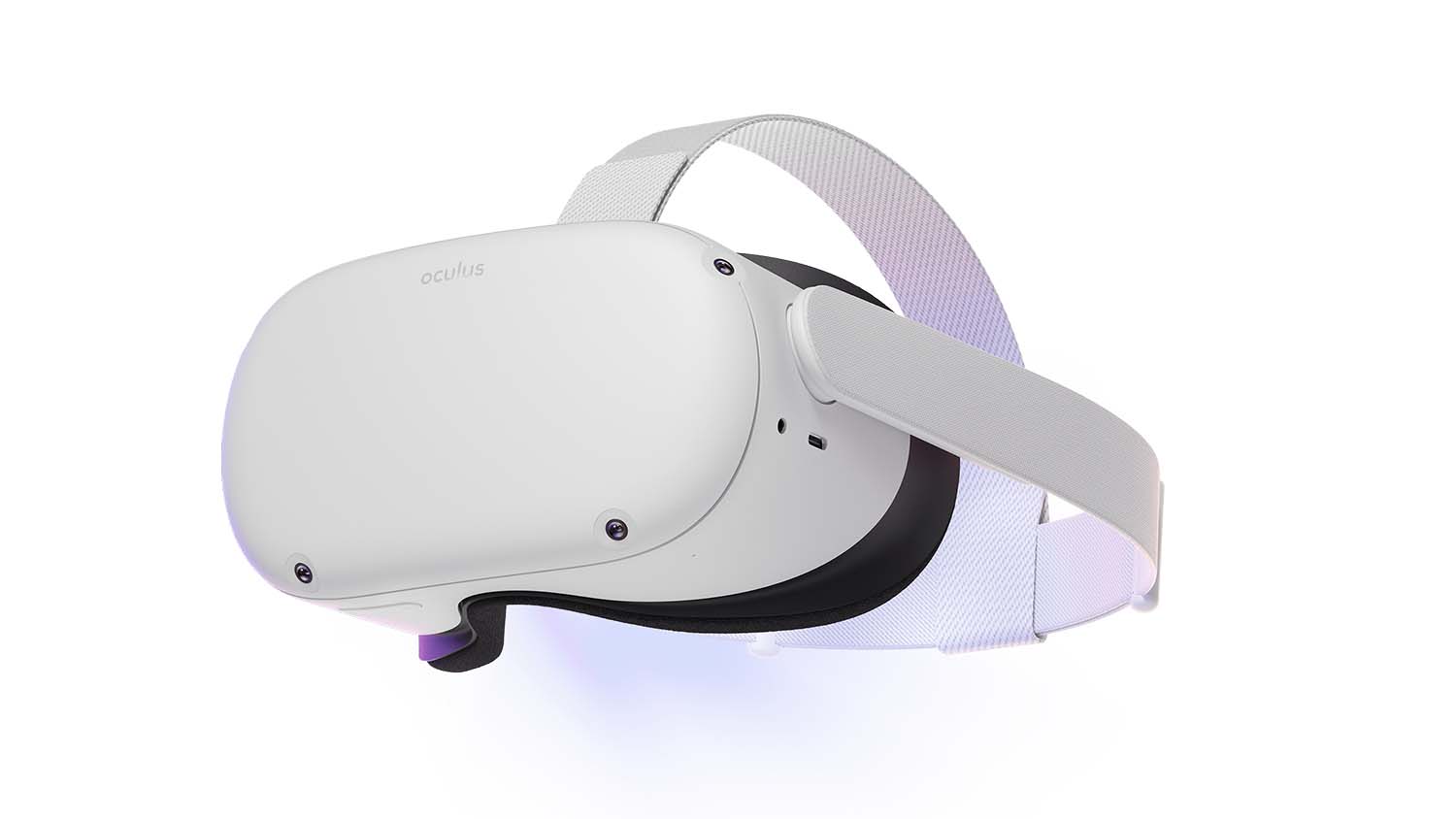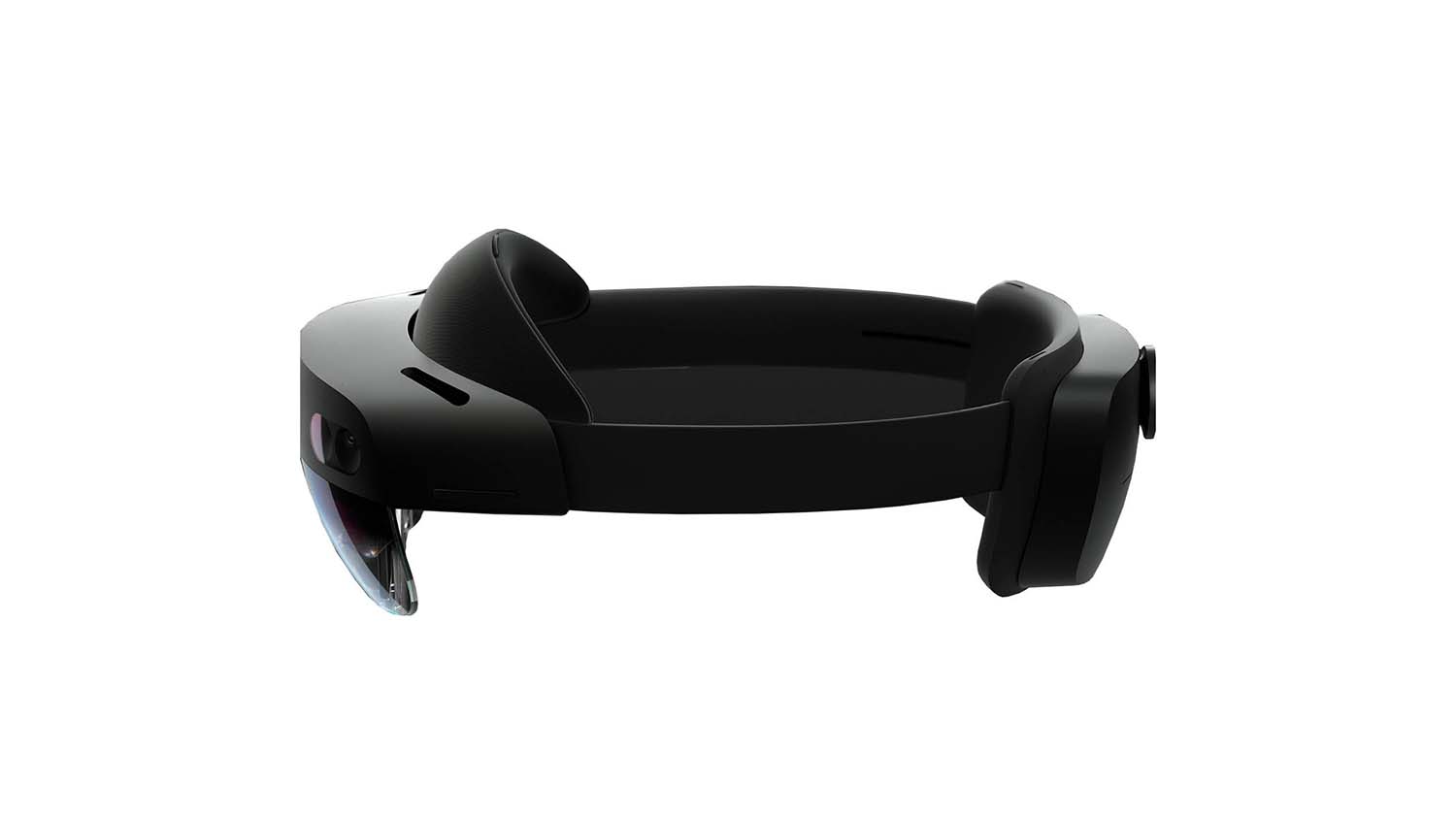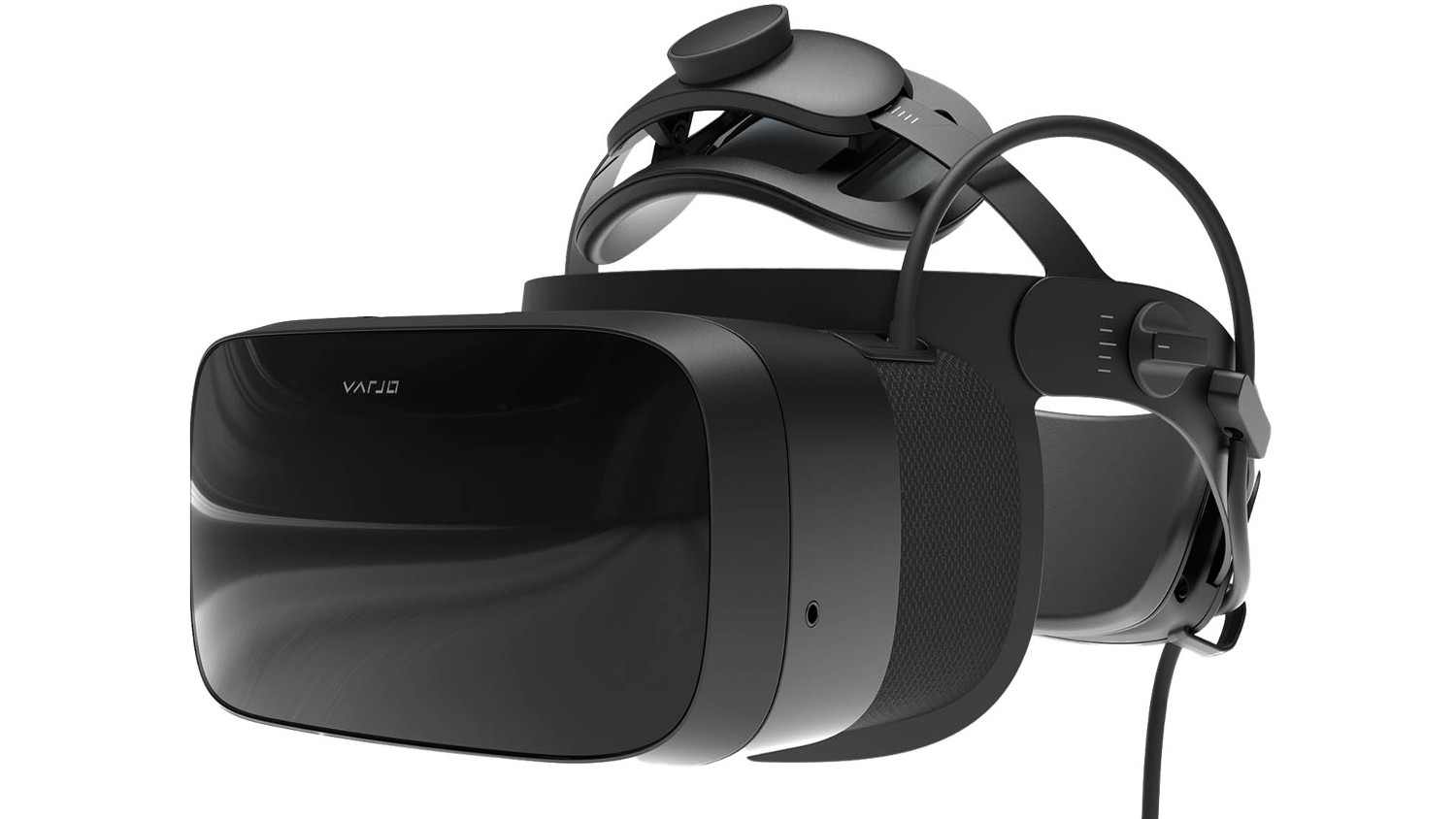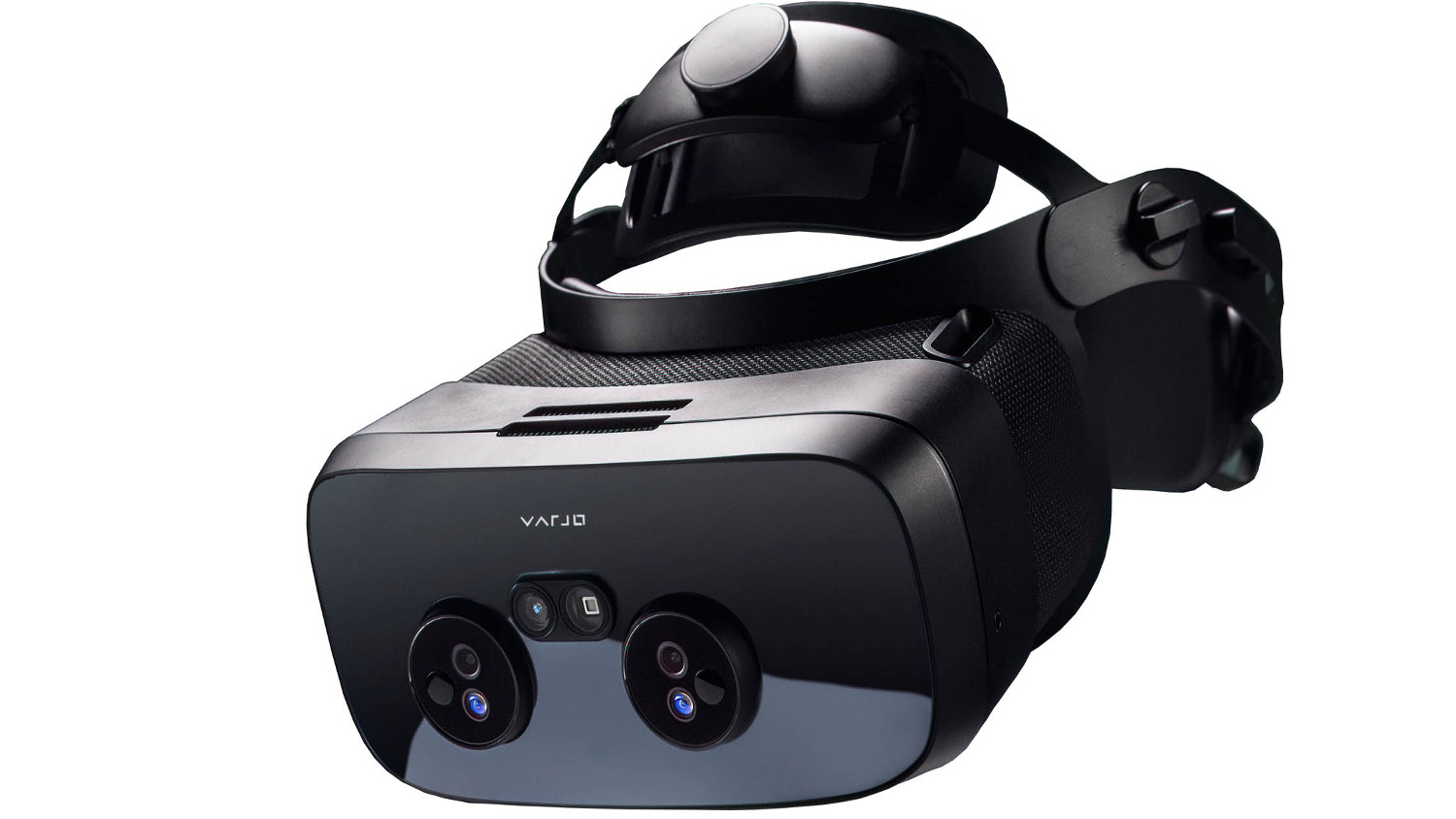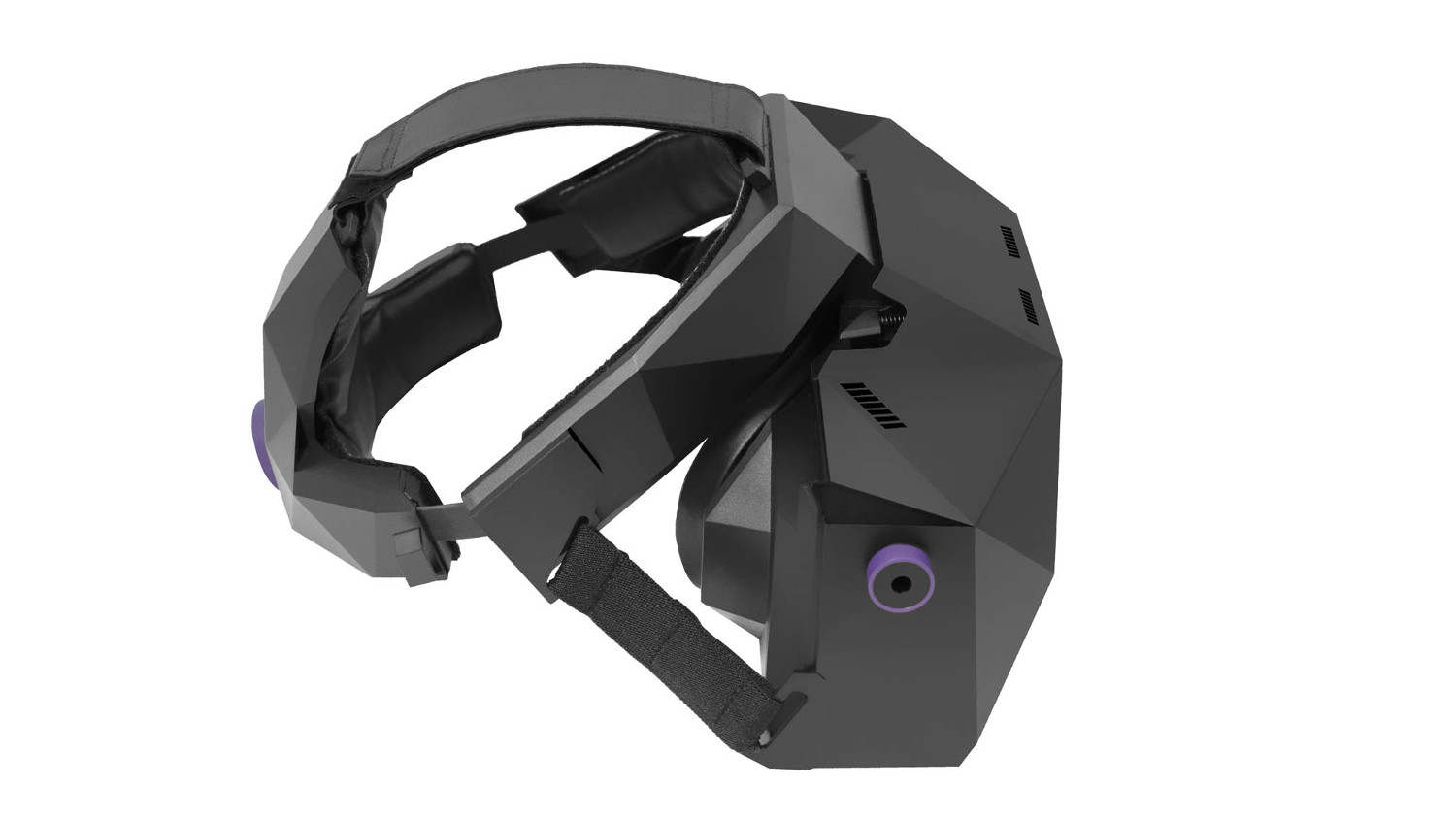DEVELOP3D’s round-up of the best HMD devices that deliver total immersion of incredible fidelity for exploring and showcasing 3D models
No longer the low-resolution, occasionally nauseating, uncomfortable and slow to operate lumps of old, head-mounted displays (HMDs) have come a long way in the past few years.
A full pivot by vendors towards enterprise use means that important factors like resolution (realism and details), refresh rates (nausea avoidance), field of view (immersion), tracking (lag and controls), as well as comfort and useability have all improved greatly.
The results, in some cases, are incredible fidelity immersion units, HMDs capable of showcasing 3D models not only in a virtual environment but also using mixed reality or video passthrough to overlay designs onto existing parts. For example, sitting in a car, with designs for new interiors overlaid around you, and being able to easily switch between them and make out every stitch and grain in the leather.
While the sky’s the limit in terms of what you might spend on a HMD, there are plenty of low-cost and mid-range options that could help you take those first steps into finding the perfect workflow.
However, take care when looking at prices. They’re not always what they seem. A useful cable that’s not included as standard could cost you nearly a third of what you paid for the HMD. Software and maintenance fees need to be factored in – and don’t forget you’ll need a workstation powerful enough to produce the best results.
HTC Vive Focus 3
At nearly double the price of its sibling, it’s hard at first to get past the similarities on paper between the Focus 3 and the Pro 2.
The stats for twin 2.5K displays with a 90Hz refresh rate across the 120-degree field of view are shared, but the Focus 3 experience is heightened by the rest of what’s on offer. Insideout tracking is standard, and handtracking is a promised future feature.
Support for WiFi 6 is standard, and we’re sure there’s an innovative use for the headset’s Micro SD card slot that can read up to 2TB cards when untethered. However, it’s worth noting that the Vive Business Streaming USB 3.0 cable that’s needed to physically connect up to your workstation doesn’t come as standard.
» Tethered: No
» Passthrough: No
» Price from £1,272
vive.com
HTC Vive Pro 2
With displays delivering 2.5K resolution to each eye, and a 120 Hz refresh rate over a 120-degree field of view (FOV), the Vive Pro 2 is a great place to start looking in this price band.
Having worked with Nvidia and AMD to use Display Stream Compression for the headset, HTC has attempted to ensure maximum visual quality and backwards compatibility with DisplayPort 1.2, so that graphics cards that supported the original Vive Pro see a benefit with the new model.
While capable of AR passthrough, its cameras aren’t the sharpest. The headset is snug and the FOV cropping limits what the Vive Pro 2 can achieve, but for those looking to upgrade legacy Vive kit, this is a very tempting price for the standalone headset.
» Tethered: Yes
» Passthrough: Yes
» Price from £659
vive.com
HP Reverb G2
HP has made some recent updates to the Reverb G2. A new 6m cable is now compatible with all AMD systems; space between lens and eye has been reduced, and the tracking cameras have been improved. But the name, the Windows Mixed Reality environment and much else remain the same.
Two 2,160 resolution displays with 114-degree field of view brings detail to your eyes through lenses designed by gaming technology expert Valve, which all adds up to an impressive experience.
Once you adjust the top band to help take the weight, the fit is comfortable, and the use of old-school elastic straps and Velcro fastenings mean that putting it on and taking it off is a simple process.
» Tethered: Yes
» Passthrough: Yes
» Price from £635
hp.com
Lynx R1
Listed as a technology to watch in the 2021 D3D 30, Lynx’s R1 headset made its debut as a Kickstarter project in October 2021, passing its funding goal within hours.
A pair of 1.6k resolution displays refresh at 90Hz, but Lynx’s unique lens design brings much more to the experience – a four-fold catadioptric freeform prism providing a circular 90-degree FOV and 18 PPD.
Ready to roll as a VR/AR passthrough headset, the Lynx R1 delivers a great deal, including a flip-up visor front. While it won’t beat high-end headsets in terms of fidelity, in terms of its versatility and useability at a designer’s desk, then it’s still something to get excited about.
» Tethered: No
» Passthrough: Yes
» Price from $900
lynx-r.com
Magic Leap ML2
Billed as the smallest and lightest enterprise-focused XR device, the Magic Leap 2 is scheduled for general availability in early 2022. But from what little we know ahead of time, it will be around half the size and about 20% lighter than the ML1.
Magic Leap CEO Peggy Johnson has promised that the field of view will be the ‘largest in the industry’, by which she means its sole enterprise rival, the Hololens 2. Its teased proprietary dimming technology should allow the headset to produce more accurate rendering and opacity.
Partnerships with VMware for cloud streaming data and AMD for a ‘semi-custom system-on-a-chip’ that combines CPU and GPU look likely to power the headset.
» Tethered: No
» Passthrough: AR: N/A
» Price from £TBC
magicleap.com
Meta Oculus Quest 2
The Oculus product (shortly due for rebranding under the Meta umbrella) is priced as a consumer device, and comes with a bundle of kit and a wide range of 3D tools and enterprise software straight off the shelf.
Quest for Business promises more enterprise features, which we take to mean consumer pricing for headsets with the security of an enterprise account (not Facebook) login.
The Quest 2 is powered by a Qualcomm Snapdragon 865 processor and produces 1,832 x 1,920 res per eye, with a refresh rate of up to 90Hz. Although capable of untethered use, the 5m-long Oculus Link USB-C cable will be required to connect up to your workstation (while also charging the headset), costing an extra £89.
» Tethered: No
» Passthrough: Yes
» Price from £299
oculus.com
Microsoft Hololens 2
This mixed reality headset represents a big leap forward from its predecessor, with its untethered design and spatial mapping, allowing for more realistic interactions between real world objects and the virtual – like placing an object on the desk in front of you.
Rather than having to rely on the onboard GPU for graphics processing, the graphics can instead be processed remotely and streamed over WiFi and future 5G services via Azure.
Gesture control – like pinching and dragging objects, or pressing virtual buttons – is easy to get the hang of. The lack of hand controllers means fewer devices to recharge. A comfortable fit, flip-up visor and even weight balance make long sessions less of a pain in the neck.
» Tethered: No
» Passthrough: N/A
» Price from £3,349
microsoft.com
Varjo Aero
The Aero is Varjo’s most affordable HMD to date, and as a result, it’s a step down from the full-fat wonder that is the XR-3. That said, it has a number of plus points in its favour.
The resolution is still an impressive 2,880 x 2,720 resolution for each eye, at 35 ppd, meaning small text is still legible, while the 115-degrees field of view and eye-tracking technology (which optimise what you’re looking at) match up with those offered by its higher-spec siblings.
There’s no annual software subscription, as is required for its Bionic Display counterparts, and while it lacks the lifelike detail, the Aero is still more than good enough when it comes to modelling or investigating a design review.
» Tethered: Yes
» Passthrough: No
» Price from €1,990
varjo.com
Varjo XR-3
The XR-3 delivers astonishing results, with its Bionic Display technology producing what Varjo terms ‘humaneye resolution’. Thanks to superfast eye-tracking technology, the XR-3 can display 71 PPD peak fidelity at the point where the user is looking. Impressive video passthrough capabilities let you overlay highresolution designs over a dummy model, car buck or existing product.
Ultraleap hand tracking precisely captures natural hand movements, while depth awareness powered by LiDAR helps generate pixel-perfect real-time occlusion and 3D world reconstruction.
It’s a feature-packed option and pricey as a result (bear in mind the €1,495 annual support fees!), but once you’ve tried it on, you immediately see the value. If pure VR is all you require, Varjo’s VR-3 model offers the same detail, but at a €2k saving.
» Tethered: Yes
» Passthrough: Yes
» Price from €5,995
varjo.com
VRgineers XTAL 8K
The VRgineers XTAL (pronounced ‘Crystal’) product line-up is clear about where it’s intended to be used – in high-end VR. An eye-watering price is reflective of everything its developers have crammed into the package – a 4k display for each eyeball, with a 75Hz refresh rate at 4k, or 120Hz when dialled down to QHD.
A 180-degree field of view, automatic IPD setting, Leap Motion hand tracking, eyetracking and more are included.
What’s clear is that VRgineers’ has a strong focus on attracting designers – Autodesk, Dassault Systèmes and ESI are all partners; a full offline mode is available for security; while XTAL is optimised for use with Nvidia Quadro RTX GPUs. The result? Some of the most impressive high-fidelity experiences available today.
» Tethered: Yes
» Passthrough: No
» Price from $8,330
vrgineers.com

